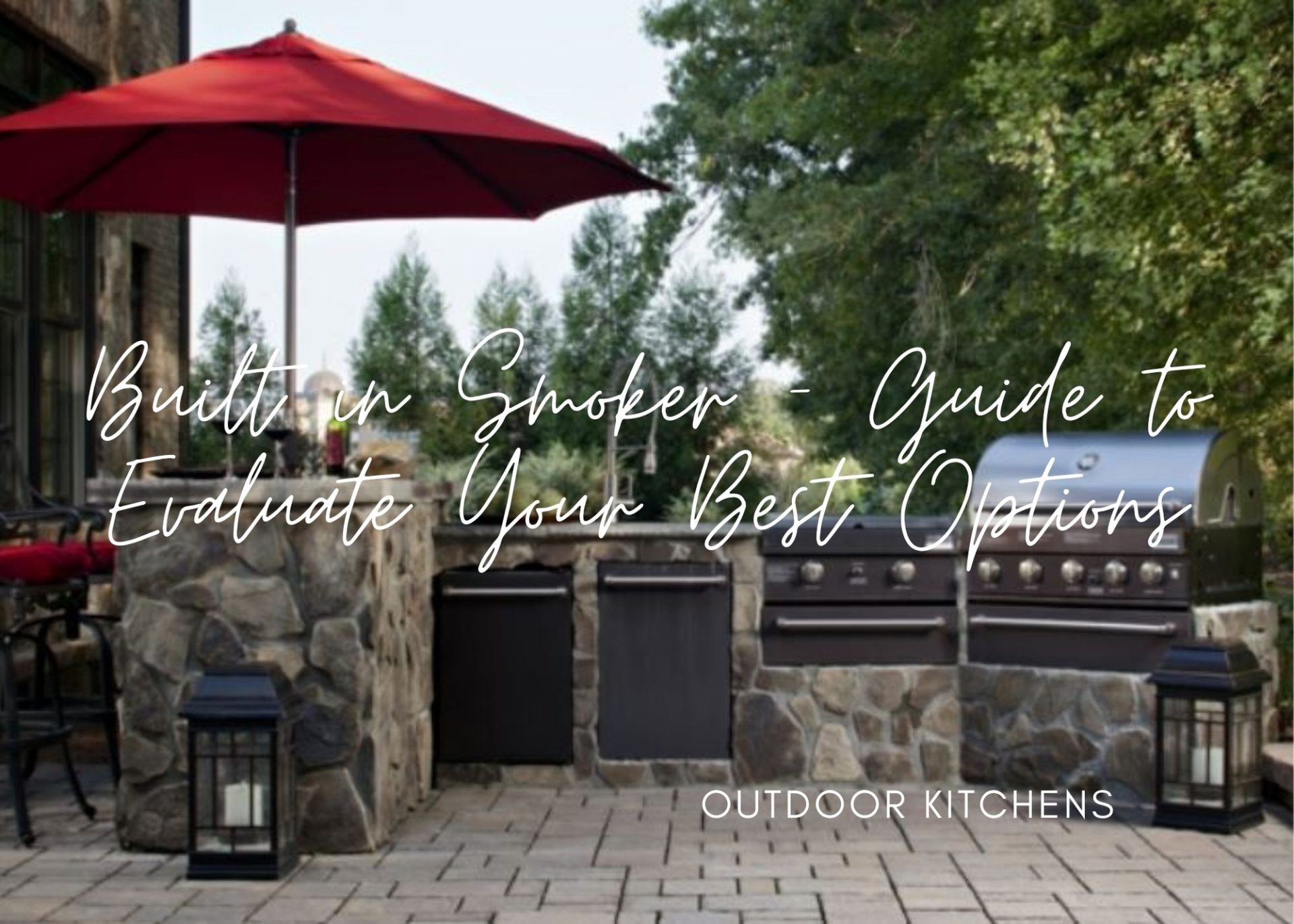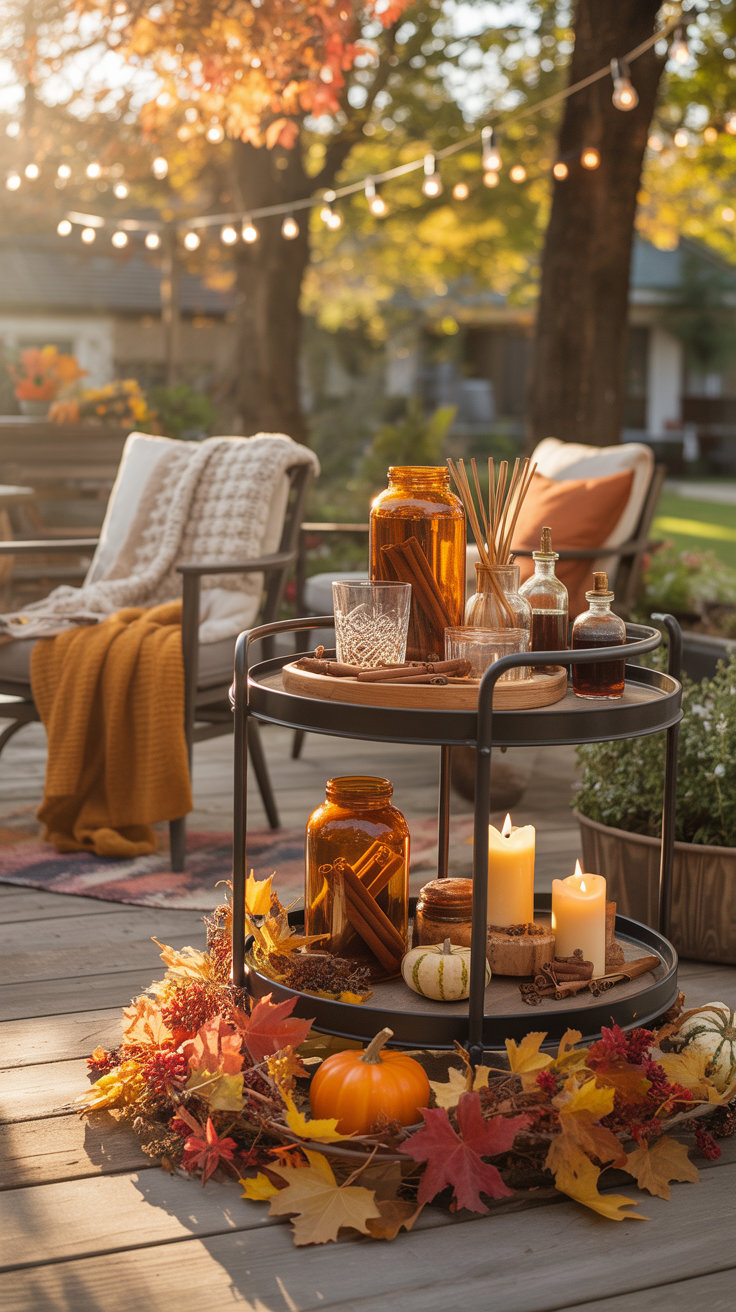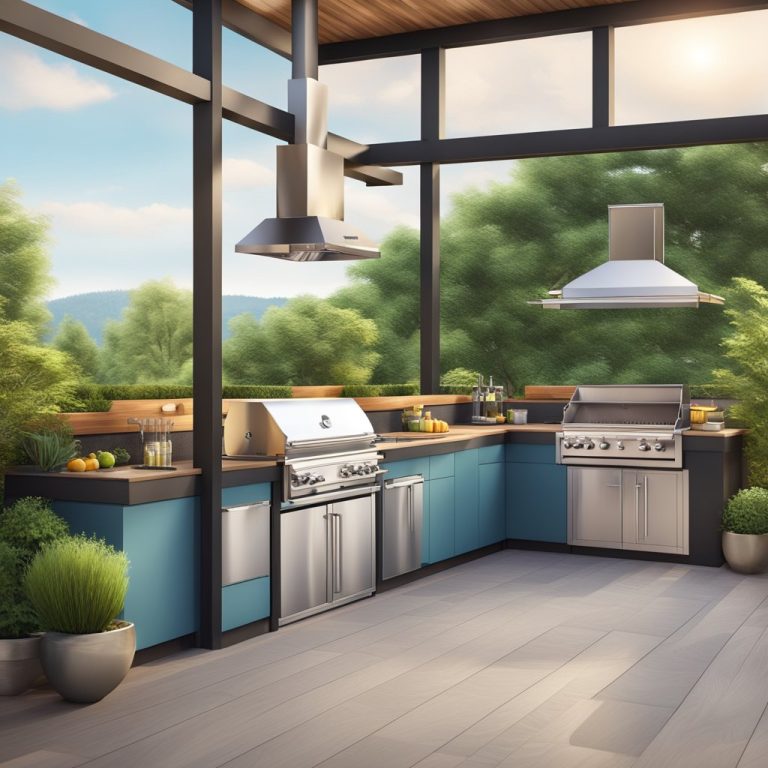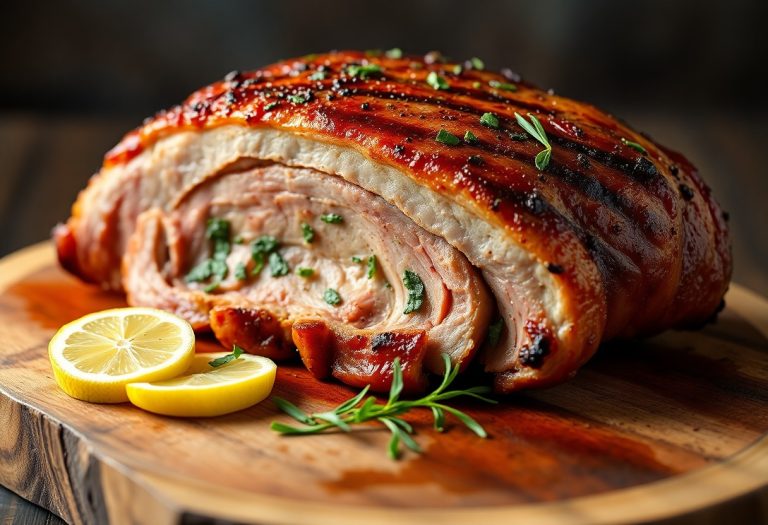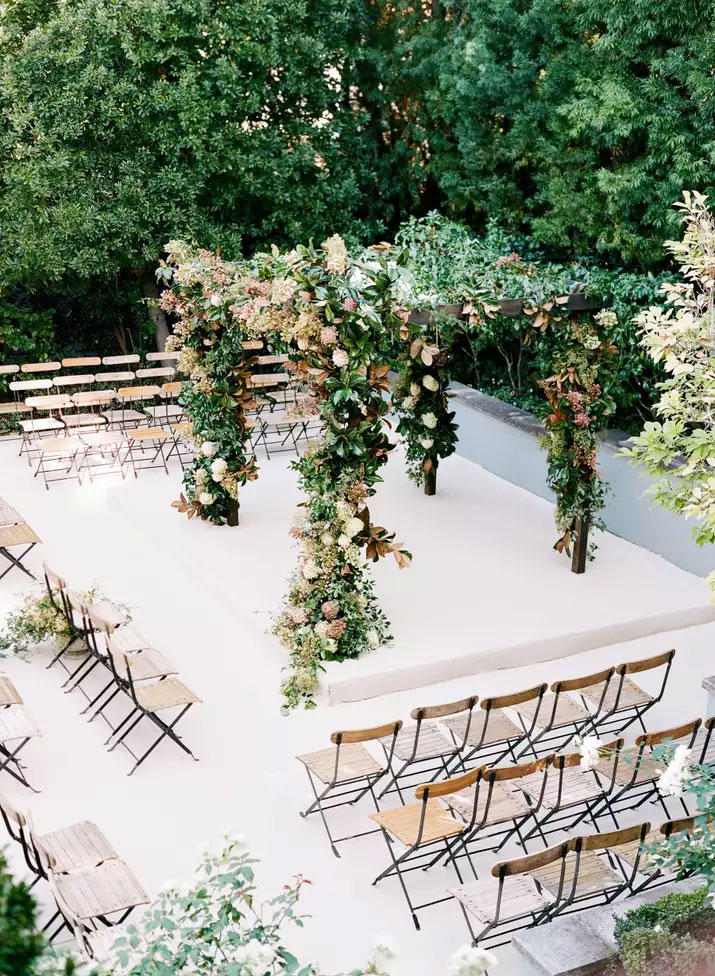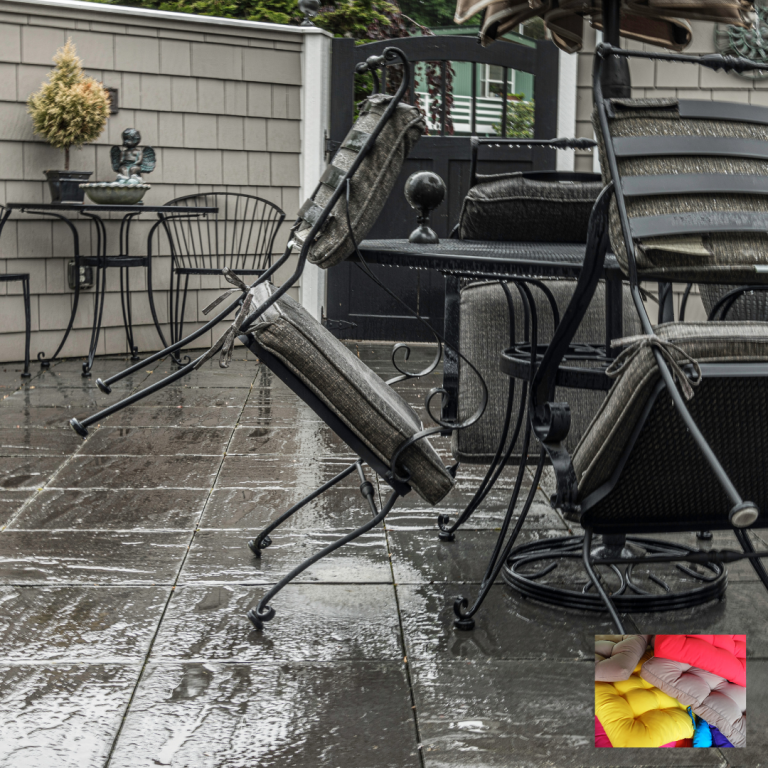Built in Smokers – Guide to Evaluate Your Best Options for Your Outdoor Kitchen
Grilling vs Smoking: What’s the difference?
Table of Contents
ToggleFree standing or builtin smokers use burning or smoldering material to cook or flavor foods, usually meat, fish, or vegetables. Grilling and smoking differ mainly in terms of heat level and cooking time. Typically, grilling takes place over a high temperature for a short period of time. Whether for a few hours or a few weeks, smoking uses extremely low amounts of heat for the duration of the smoking process.
Alder is the traditional smoking wood in Europe, but oak and beech are used more frequently these days. Woods such as hickory, mesquite, oak, pecan, alder, maple, and fruit-tree woods, such as apple, cherry, and plum, are commonly used for smoking in North America. It is possible to use other biomass besides wood, sometimes with flavorings added. For example, corncobs are used by some producers of hams and bacons in the United States to smoke their meats.
You can smoke in four ways: cold, warm, hot, and with liquid smoke products.
Brief History of Smoking Meats
There is evidence that food has been smoked since the paleolithic era. Smoke would have been a major concern as simple dwellings did not have chimneys. Humans may have accidentally discovered that meat stored in smokey areas acquired a different flavor, and could be preserved better than that which was dried out. In combination with salting or brining the food, this process created a highly effective preservation method that was adapted and used by cultures all around the world. Up to the mid-20th century, smoking was more “heavy duty” in nature, as its main purpose was food preservation. Cured meats were exposed to large quantities of salt and they were smoked over long periods of time, sometimes for days at a time.
Thanks to modern transportation, food products could be transported far distances and heavy salting and smoking were no longer necessary. Smoking became more of a flavoring method than a preservation one.
And now, you have your outdoor kitchen plans in progress. You’ve selected a built in gas grill, a professional series double side burner, there’s a stainless steel wine fridge and beverage centers. But the one appliance that will set your cooking skills above the rest is smoked meats. Where to begin?
Cold smoking
Unlike hot smoking, cold smoking leaves the food raw throughout the process. Cold smoking usually takes place between 68 and 86°F. When foods are heated to this temperature range, they acquire a smoked flavor, but remain relatively moist. Since cold smoking does not cook foods, it is advisable to cure meats prior to smoking.
Table of Contents
What is a Smoker? Grilling vs. Smoking
Different Types of Smokers
Styles and Brands of Smokers
Fuel Sources for Smokers
Smoker Features and Options
Which Smoker Do You Prefer?
Hot Smoking
In a controlled environment, such as a smoker oven or smokehouse, hot smoking exposes the food to smoke and heat. Food is hot smoked by cooking and flavored by wood smoke simultaneously in a smoker; either a charcoal base or hot element within the smoker is used during hot smoking. In general, hot smoked foods can be eaten without further cooking, even if they are typically reheated or further cooked. When ham and ham hocks are properly smoked, they are fully cooked and can be eaten right away. Food is fully cooked, moist, and flavorsome when it is smoked at 126 to 176 °F. Attempting to cook the food more than 185 °F may cause the food to shrink excessively, buckle, or split. Smoking at high temperatures also reduces yield, as both moisture and fat are cooked away.
Liquid Smoke
A spray or dip is used to apply liquid smoke, a product that contains smoke compounds in water.
Types of Smokers
The different types of smokers for outdoor kitchens include:
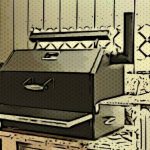 Wood pellet – A pellet smoker uses wood pellets that are about an inch long and 1/4 inch wide, made from dried out sawdust, to cook food at a controlled temperature. It consists of a gravity-fed hopper where the pellet grill pellets are stored, and a motor controlled by the temperature regulator. A motor beneath the heat box drives pellets into an auger. As the pellets travel through the auger, an ignition rod ignites them, keeping them smoldering with a combustion fan. By feeding the smoker a larger amount of pellets and increasing airflow through the auger, the motor and combustion fan regulate the smoker’s temperature. Over the auger is a heat shield that disperses the direct heat so wood smoke can maintain an even temperature throughout the heat box. A heat sensor within the heat box gives the temperature of the box’s interior to a temperature controller, which then controls the fan speed and pellet hopper motor to adjust the amount of pellets or air available to the fire to maintain the desired temperature for the cook.
Wood pellet – A pellet smoker uses wood pellets that are about an inch long and 1/4 inch wide, made from dried out sawdust, to cook food at a controlled temperature. It consists of a gravity-fed hopper where the pellet grill pellets are stored, and a motor controlled by the temperature regulator. A motor beneath the heat box drives pellets into an auger. As the pellets travel through the auger, an ignition rod ignites them, keeping them smoldering with a combustion fan. By feeding the smoker a larger amount of pellets and increasing airflow through the auger, the motor and combustion fan regulate the smoker’s temperature. Over the auger is a heat shield that disperses the direct heat so wood smoke can maintain an even temperature throughout the heat box. A heat sensor within the heat box gives the temperature of the box’s interior to a temperature controller, which then controls the fan speed and pellet hopper motor to adjust the amount of pellets or air available to the fire to maintain the desired temperature for the cook.
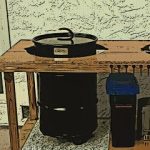 Charcoal smoker – An upright drum smoker that uses charcoal is referred to as a charcoal smoker. Smoke and heat are generated by charcoal or wood, and there is a water bowl between the fire and cooking grates. Smoking chambers benefit from humidity added by the water bowl, which keeps the temperature at a comfortable level. As a result, water vapor and smoke condense together, giving smoked foods a distinctive flavor. Further, it captures meat drippings that could cause a flare-up. The temperature of vertical water smokers is extremely stable, requiring only minor adjustments once the desired temperature is reached. Since they are relatively inexpensive and have a stable temperature, they are sometimes used where charcoal and propane cookers and charcoal grills are prohibited.
Charcoal smoker – An upright drum smoker that uses charcoal is referred to as a charcoal smoker. Smoke and heat are generated by charcoal or wood, and there is a water bowl between the fire and cooking grates. Smoking chambers benefit from humidity added by the water bowl, which keeps the temperature at a comfortable level. As a result, water vapor and smoke condense together, giving smoked foods a distinctive flavor. Further, it captures meat drippings that could cause a flare-up. The temperature of vertical water smokers is extremely stable, requiring only minor adjustments once the desired temperature is reached. Since they are relatively inexpensive and have a stable temperature, they are sometimes used where charcoal and propane cookers and charcoal grills are prohibited.
 Electric – Of the various types of smokers, the insulated electric model provides the most convenience. It features a heating element which can be maintained from cold smoke temperatures to 275 degrees fahrenheit without the need for interaction from the user. Smoke can be generated by wood chunks, pellets, or even automatically fed wood pucks, but the amount of flavor obtained is lower than that achieved by traditional wood or charcoal smokers.
Electric – Of the various types of smokers, the insulated electric model provides the most convenience. It features a heating element which can be maintained from cold smoke temperatures to 275 degrees fahrenheit without the need for interaction from the user. Smoke can be generated by wood chunks, pellets, or even automatically fed wood pucks, but the amount of flavor obtained is lower than that achieved by traditional wood or charcoal smokers.
 Kamado – ‘Kamado’ refers to a traditional Japanese cooking appliance made from wood or charcoal. Kamados were traditionally made from clay or other ceramic material, similar to tandoors, which were round in shape and heavy, resulting in unique cooking properties. Ceramic materials are highly insulating, allowing temperatures to remain steady even under extreme conditions. Due to its superior heat retention properties, the appliance uses less charcoal or wood, reducing its fuel consumption while ensuring an even cooking process.
Kamado – ‘Kamado’ refers to a traditional Japanese cooking appliance made from wood or charcoal. Kamados were traditionally made from clay or other ceramic material, similar to tandoors, which were round in shape and heavy, resulting in unique cooking properties. Ceramic materials are highly insulating, allowing temperatures to remain steady even under extreme conditions. Due to its superior heat retention properties, the appliance uses less charcoal or wood, reducing its fuel consumption while ensuring an even cooking process.
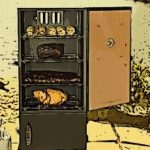 Gas – The fire in a gas smoker is lit and maintained using one of two fuel sources: propane or natural gas. Smokers release smoke into the cooking chamber when wood chips burn. A gas burner is directly underneath a steel or iron box containing the wood or charcoal that provides the smoke. Steel boxes only have a few vent holes at the top. As a result of lack of oxygen in the heat, the wood smokes instead of burning. Charcoal and wood may be used together. The method uses less wood but requires gas fuel.
Gas – The fire in a gas smoker is lit and maintained using one of two fuel sources: propane or natural gas. Smokers release smoke into the cooking chamber when wood chips burn. A gas burner is directly underneath a steel or iron box containing the wood or charcoal that provides the smoke. Steel boxes only have a few vent holes at the top. As a result of lack of oxygen in the heat, the wood smokes instead of burning. Charcoal and wood may be used together. The method uses less wood but requires gas fuel.
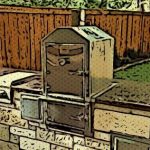 Smoke box – There are two boxes in this more traditional method: a fire box and a food box. A fire box can be controlled at a finer level when adjacent to or under a cooking box. Cooking and smoking meat is done using the heat and smoke exhaled from the fire box into the food box. There are more sophisticated models that have temperature controls as well as simple heating elements that have a pan of wood chips set on them.
Smoke box – There are two boxes in this more traditional method: a fire box and a food box. A fire box can be controlled at a finer level when adjacent to or under a cooking box. Cooking and smoking meat is done using the heat and smoke exhaled from the fire box into the food box. There are more sophisticated models that have temperature controls as well as simple heating elements that have a pan of wood chips set on them.
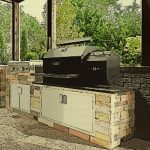 Offset – Offset smokers are characterized by the fact that the cooking chamber is cylindrical in shape, and the firebox is attached to the bottom of one end of the chamber. In the firebox, precise airflow control is used to cook the meat over a small fire. A connecting pipe or opening leads the smoke and heat from the fire into the cooking chamber. A vent at the opposite end of the chamber allows heat and smoke to escape before they cook and flavor the meat. It is this simple yet effective design that typifies the majority of BBQ smokers. The same basic firebox and cooking chamber design is even used on large, commercial units.
Offset – Offset smokers are characterized by the fact that the cooking chamber is cylindrical in shape, and the firebox is attached to the bottom of one end of the chamber. In the firebox, precise airflow control is used to cook the meat over a small fire. A connecting pipe or opening leads the smoke and heat from the fire into the cooking chamber. A vent at the opposite end of the chamber allows heat and smoke to escape before they cook and flavor the meat. It is this simple yet effective design that typifies the majority of BBQ smokers. The same basic firebox and cooking chamber design is even used on large, commercial units.
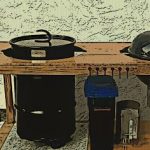 Drum – A drum smoker is exactly what it sounds like: a modified steel drum fitted with a heat exchanger in order to facilitate indirect smoking. Several ways exist to accomplish this, but the basics include a steel drum, a charcoal basket, and a cooking rack (or racks), all covered by a vented lid. The 55-gallon steel drum is the most popular size which has been adapted for smoking.The distance of 24 inches between the coals and the racks is similar to smoking with indirect heat. As a result, the smoking temperatures are controlled by controlling the airflow in the drum. The lid’s ventilation allows for a similar amount of exhaust. Drum smokers are very efficient with fuel consumption and flexible in their abilities to produce proper smoking conditions, with or without the use of a water pan or drip pan. In the opinion of drum smoker users, a water pan is against the true pit BBQ nature of the drum smoker, as the drippings from the smoked meat should fall directly onto the coals, soaking up the flavor and imparting it into the meat.
Drum – A drum smoker is exactly what it sounds like: a modified steel drum fitted with a heat exchanger in order to facilitate indirect smoking. Several ways exist to accomplish this, but the basics include a steel drum, a charcoal basket, and a cooking rack (or racks), all covered by a vented lid. The 55-gallon steel drum is the most popular size which has been adapted for smoking.The distance of 24 inches between the coals and the racks is similar to smoking with indirect heat. As a result, the smoking temperatures are controlled by controlling the airflow in the drum. The lid’s ventilation allows for a similar amount of exhaust. Drum smokers are very efficient with fuel consumption and flexible in their abilities to produce proper smoking conditions, with or without the use of a water pan or drip pan. In the opinion of drum smoker users, a water pan is against the true pit BBQ nature of the drum smoker, as the drippings from the smoked meat should fall directly onto the coals, soaking up the flavor and imparting it into the meat.
Fuel Sources for Smokers
Choosing the best fuel type for your smoker is a matter of personal preference for flavor, cooking time, cost, how easy the fuel is to use, how often you use the smoker and portability of the fuel type. And, as with all choices, there are tradeoffs.
Wood Logs and Chunks
You might already have wood logs standing by for your pizza ovens, but you might want to consider wood chunks and chips for your bbq smokers. Wood chunks are preferred to chips because they burn longer and are a better mix when mixed with charcoal. Chips burn out quickly whereas small wood splits offer the benefit of consistent smoke.
Wood Pellets
Your outdoor kitchen might be outfitted with a builtin pellet smoker or freestanding pellet smoker. Pellets are made to burn slow and long which makes them a popular fuel for smoking meats. Flavored pellets are made to complement different foodstuffs such as beef, chicken, pork, seafood and vegetables. Popular hardwood pellet flavors are alder, pecan, apple, oak, cherry, mesquite, maple and hickory.
Charcoal Briquets or Lumps
When using your meat smoker or offset smokers with charcoal, you want to use a product that contains no additives and has the added benefit of a long-lasting burn. Choose lump charcoal for its clean-burning properties. Lump charcoal that burns in a high oxygen environment with good ventilation will burn hotter than briquettes.
Electric
Folks that have electric grills because of a nearby power source may want to explore an electric smoker. BBQ chefs use a combination of the heat from an electric heating rod with wood chunks to smoke and add flavor. Electric smokers are cleaner to operate and have a lot of convenience features which other types of smokers just don’t have such as automated preheating, cool down cycles, remote controls and digital control panels.
Propane and Natural Gas
Natural gas or propane gas smokers are much easier to control the temperature with than either a wood or charcoal fueled smokers. They don’t need an available electricity source like pellet and electric smokers do. Their main advantage is that they are easy to start up and maintain a consistent temperature. With propane, your tank might run out before you are done cooking so having more than one tank available is advised. With a natural gas supply hookup, you don’t have to worry about running out of fuel for your grills and smokers. Gas smoker grills do add a good smoked flavor to your meats with the addition of wood chips.
Smoker Features and Options
When it comes to accessories for built in smokers, there seems to be no limit to the add ons available for your outdoor kitchen smoker. For example, the Kamada Joe Big Joe series including the Joe Big Joe II, offer grill expander, charcoal baskets, smoker covers, shelves, carts, temperature control devices, monitoring units, a pizza oven converter and griddle options.
PK grills, in addition to the above options, also offers additional grill grates, stands and vent tubes for its grill/smoker combination pro series units. Other models such as the Coyote Asado by Coyote Outdoor Living, offer complete meat smoker package options. Their accessory package includes such options as a heat deflector and a beer can chicken holder.
Which Smoker on the Market Do You Prefer?
If you want to know which bbq smokers are preferred by people who take their backyard smoking seriously, read on for some very biased recommendations for your next types of smokers.
We have a Pit Boss. It’s a pellet smoker and we love it! Even temperatures and continuous smoke. It is frowned upon by our fellow Louisianians who grew up smoking meat in the wood smoker their Grandfather built though…MFG
I have a GMG and love it. Gets used 3 – 4 times a week all year long…DS
Masterbuilt gravity charcoal grill/smoker. Digitally controlled charcoal is the pinnacle of smoking IMO…AP
I have a master built electric smoker and I would never trade it. Yes, you don’t always get a smoke ring, but it always cooks perfect and no baby sitting wood all night. I may trade up to the 40inch…PJ
Primo Oval ceramic smoker, grill, oven. So versatile…DW
Weber Smokey Mountain. I’ve tried them all and its the one I love the most…MC
Ive got a big green egg and a recteq. I plan on buying another one and cant decide between a Yoder, Pitts and Spitts or a Memphis Elite…DW
We have a recteq and we love it! Best ever! BAN
Pk is old school and amazing, it is so fun to look for them in neighborhoods and talk to the people about them some are older than 40 years old, and on 3rd generations…RM (pk grills)
Hunsaker barrel, exceptionally easy to use and get premium results…DO
I have an Assassin 24 Gravity-Fed Insulated Smoker. It is amazing. If you prefer a pellet smoker/grill yoders are great…JR
Nothing beats a Lang. You will see them at literally every competition bbq…LS
Kamado Joe Classic 2. 18” cooking area. I’ve done two 8lb chickens in it. Also a 10lb pork shoulder. Sometimes it’s an all day process but it’s worth it once you take that first bite. I wouldn’t trade it for another smoker…SH
Pitts and spitts, Texas built and sturdy as hell…DO
Very happy with my Smokin Brothers, Inc. 30”…KC
Happy with my Oklahoma Joe’s Bronco…RW
Yoder. 100% American made and built like a tank!! The two-piece diffuser and grilling grates are a must! You can smoke, sear, grill with this bad boy! You can even bake and cook pizzas! If you have the means, get one!! …MG
P&S 1250 best cooking smoker I have found and looks amazing in a outdoor kitchen build!..CT
Trager 780 pro. Love everything about it…CF
Rec-Tec best by far…MB
When deciding on builtin smokers for outdoor kitchens, you have a lot of options from which to choose. As with most decisions, it will boil down to price, quality, size and appearance. Experienced grill masters will tell you that the perfect smoker is one that produces a quality result and one that you will use. Outdoor kitchen space may be at a premium and you don’t want to waste precious space on an appliance you won’t use. If, however, the you can’t get the thought of juicy meats, poultry and fish out of your head, then this guide should help you narrow down your bbq smokers options.

